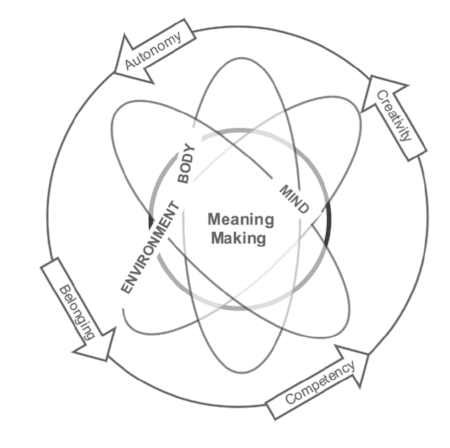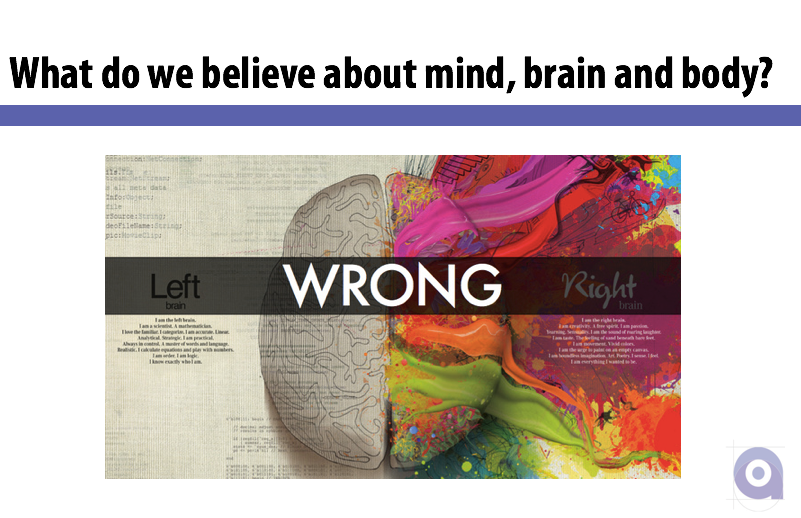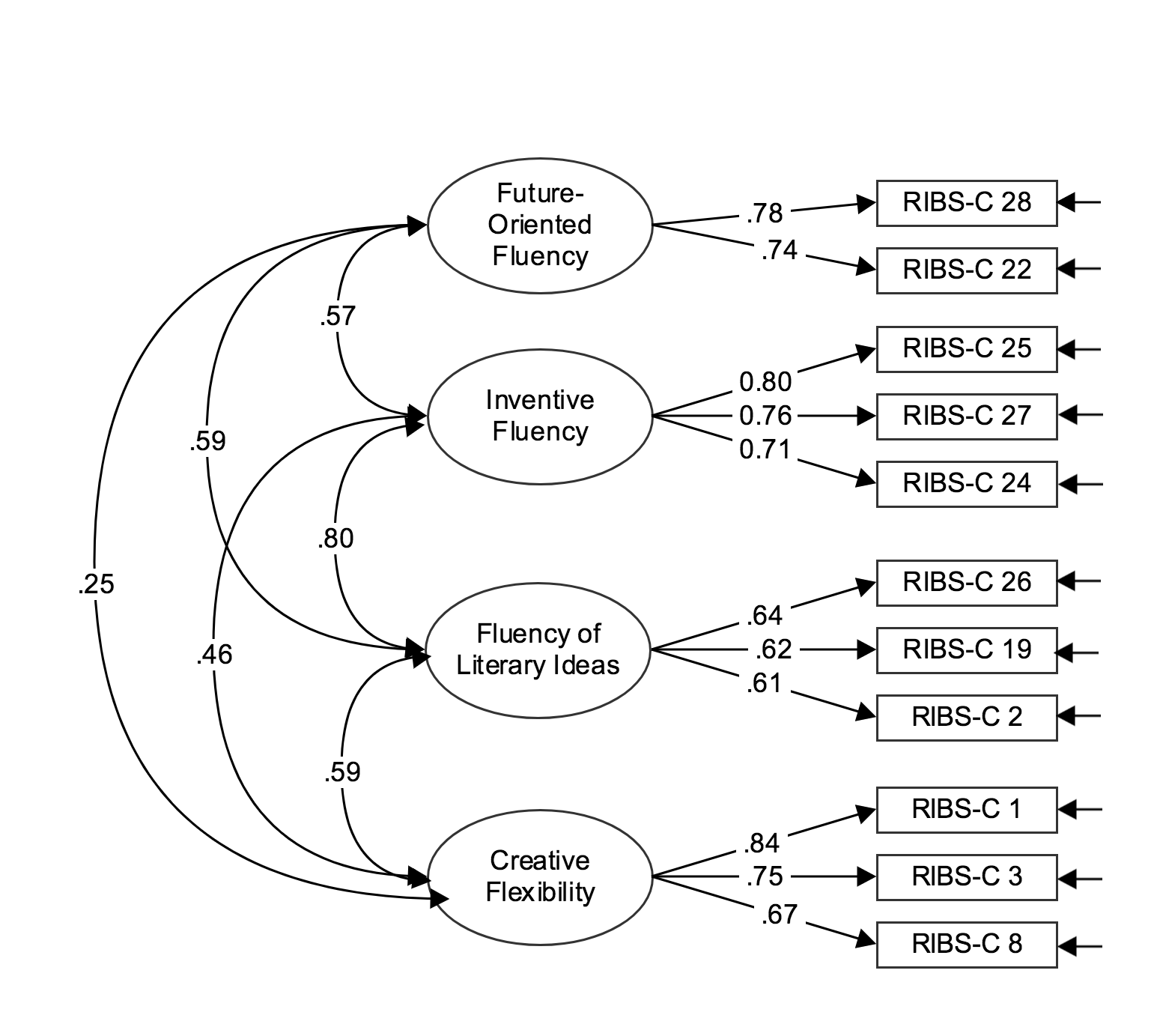Creative Engagement in Learning
I hearken back to Plato’s dictum that the single most important thing for a society to accomplish in order to succeed is to teach young people to find pleasure in the right things. There is no righter right thing that humans know than the experience of creative engagement—making worlds we care about and exploring the worlds others have made—and there is a lifetime of pleasure to be had in the lifelong learning.
Research & Evaluation
An opportunity gap for creative engagement exists in our nation’s schools. In the economy of the Creativity Age, this gap in creative, artistic, and innovative learning experiences threatens greater economic disparity and lifelong fulfillment. To combat this growing disparity, some school change efforts have successfully incorporated an arts-integrated approach to boost engagement, academic achievement, and creative skills. The middle school period, especially, presents a unique opportunity to reverse the typical decline in student engagement, enhance creative and academic achievement, and prepare disadvantaged students to transition to high school successfully.
The current research undertaken in the ArtCore project focuses on learning from students, teachers, and schools as a whole to inform continued improvement. That work will conclude with a four-year longitudinal study that includes a non-equivalent comparison group to investigate the effects of a comprehensive arts integration model, experienced during the three years of middle school.
Central Line of Inquiry
Can intensive creative engagement through arts integration drive historically marginalized students to greater success in middle school and beyond?
PUBLISHED Research
The project team is collecting and analyzing data on implementation of the project at each school and a range of student-, teacher-, and school-level outcomes. Over the course of the project, data collection and analysis continue to support ongoing efforts at clarity and improvement in the teacher and student learning experience. Studies published or underway are listed below. During 2018–2019 multiple studies will be underway to learn about student and teachers' creative development through ArtCore arts integration and the evolution of the school organization through the process. Stay tuned. Please contact Principal Investigator, Ross Anderson, to receive copies of published materials.
- Conceptualizing the affective, embodied experience learning in arts integration
- Measuring the relation between creative ideation and relational support in middle schools
- Observing and quantifying instruction for creative engagement in the classroom
- Developmental evaluation of the first full year of implementation.
- Published in: Anderson, R.C., & Pitts, C. (2017). Growing sustainable school culture: Arts integration to nourish the soil and the seeds. In R. Rajan and I. Chand O’Neal (Eds.), Arts evaluation and assessment: Measuring impact in schools and communities. Switzerland: Palgrave MacMillan.
- The effect of a process-drama technique—Tableaux Vivant—on teacher and student affective engagement
- Anderson, R.C., & Beard, N. (2017). Envisioning, feeling, and expressing meaning: Training middle level educators to use tableaux vivants to engage students. In P. Howell, S. Faulkner, J. Jones, & J. Carpenter (Eds.), Preparing middle level educators for 21st Century schools: Enduring beliefs, changing times, evolving practices. Charlotte, NC: Information Age Publishing.
Professional presentations
Seeking to communicate the work broadly, the ArtCore research and evaluation team has presented to national audiences of policymakers, educators, artists, administrators, and education researchers from a variety of fields. Please click on the images below to view some of the presentation materials.
Creative Engagement: Embodied Meaning-Making
Challenging the paradox of emotion-less learning, the concept of creative engagement frames how arts integration supports strong learning for students. Presented at the American Psychological Association's 2017 annual convention with Division 10: The Society for the Psychology of Aesthetics, Creativity, and the Arts.
Evaluation REPorts
Interim ArtCore Evaluation Booklet
This booklet summarizes the mission, vision, and approach developed in the ArtCore project from 2015–2017. The booklet also provides some qualitative and quantitative results from the first year of research and evaluation. Click on the image to download the booklet.
Other Projects
Edutopia: Profile of Bates Middle School
Read More
President’s Committee on the Arts and Humanities
Read More
Kennedy Center’s Changing Education Through the Arts Report
Read More
Right Brain Initiative
Read More
Searchable Database of Past Research
*Image Source: http://media.npr.org/assets/img/2015/01/28/teenage-brain_custom-c9a9e5062df2b50530ee89c3084eae77bd6736fb-s900-c85.jpg












